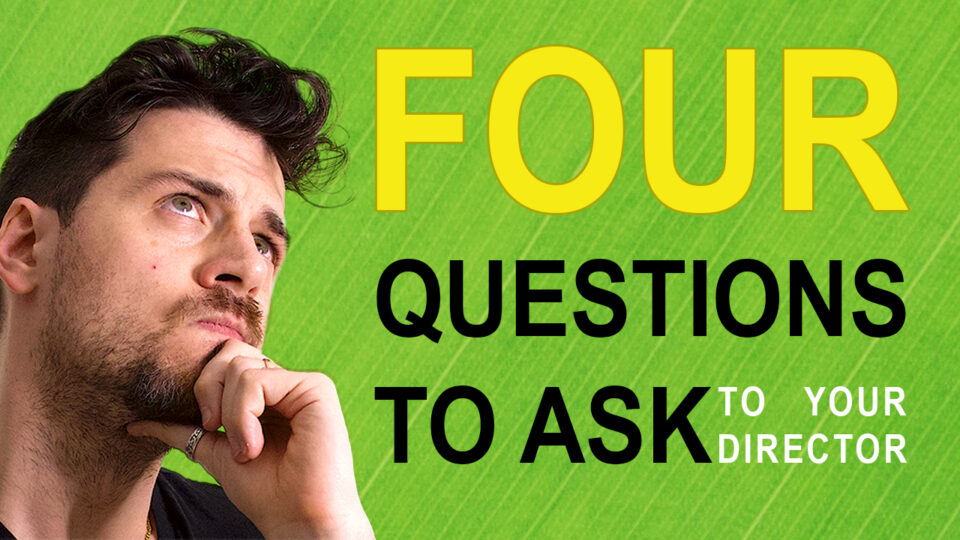
When I got my first chance to storyboard on a show, I didn’t really know what to expect during the launch, which is the first meeting where the director launches you on a new sequence or episode or what questions to ask. No one in college really teaches you what happens during meetings or what you should do. I believe that, as storytellers, when we leave that first meeting, we should have a couple of points really clear in mind. Sometimes they will tell you this information, sometimes you have to ask.
1.Who is the Focus of the Sequence/Episode?
Sometime you will read a line like:
“The hero arrives at the secret lab. Here the villain is working at the super-secret evil weapon”
and you will start thinking. “Wouldn’t be cool if I show the villain working on this bomb in a down shot and then we see his hands.. etc..” and then the director will look at it and will tell you: ” Wow, this looks great, but where is the protagonist? The sequence was about the heroine?!
So make sure you know who is the focus of the scene and who we identify with as an audience.
In our example, you might want to see the scene from the heroine’s perspective and the reveal of the weapon to the audience should be through the heroine’s eyes. Starting with her behind a pillar, maybe an over-the-shoulder shot. Then we want to see her face, followed by her point-of-view. Then back to the face, but closer so we can register her reaction. And finally, we see what she saw.. the bomb!!
2.Why?
Ask yourself why of everything. Why does a character say something or act in a certain way? Would that character do that? If you think not, ask your head of story or director their opinion. Does the character mean what she/he is saying? Or is she saying something but actually thinking something else?
When you read a page or facing a new sequence, these are some of the questions you should answer. You might have your ideas going into the meeting and discuss with the director and/or head of story what their answer is. They might answer some of those questions before you bring them up, but if you thought the sequence through you could throw a different idea on the table that they didn’t think about.
Obviously, you won’t have time to discuss everything and you might just board what you think is the best solution. Not to worry, they will give you feedback during the next review.
3.Who is She/He Like?
When you get into a new movie or tv-show, you might want to ask if they have some existing character in mind when writing this new character. The hero could have the humor of actress A, but the body language of actor B. A mix and match of different personalities.
So ask yourself and the director… Who is the character? Is she/he similar to some other existing character? Once you have some “anchor”, it becomes easier to know how the character would act or react, and build up their personalities from there.
4.When Showing What?
As Visual Storytellers, we control the flow of information. We choose what the audience sees and when!
Going back to our villain, we can have a simple example. We could choose to reveal the bomb, before showing the hero’s reaction. Or, we could have the heroine leave the scene before we see the bomb. Then revealing it with a timer. Now we know more than the main character does. Kinda like the Hitchcocks’ theory of the bomb under the table ().
Ask yourself and/or to the director: What do we want the audience to know and when? Through the camera, we control the flow of information, in order to control emotional responses.